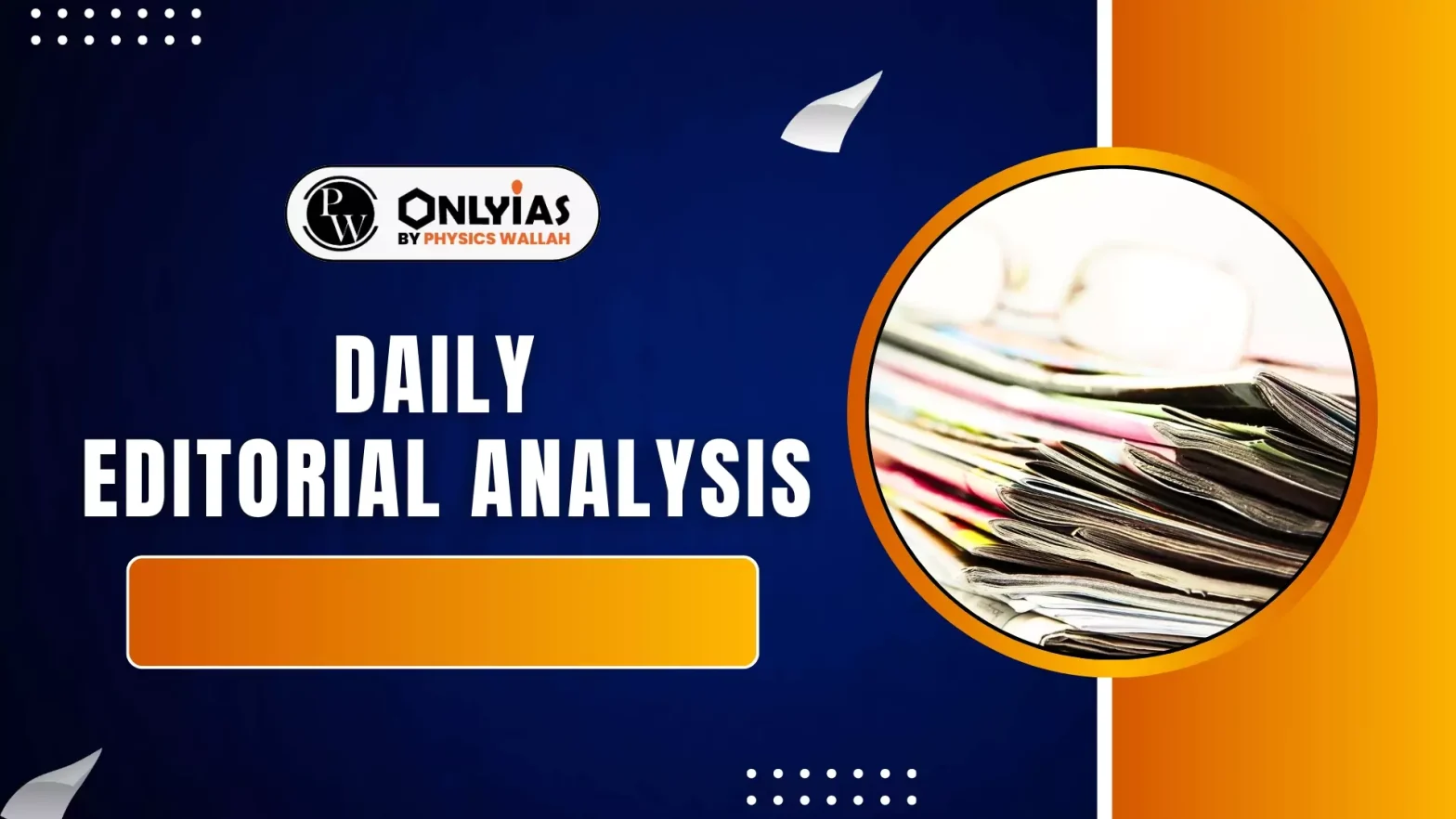![]() 22 Oct 2025
22 Oct 2025

The 2017 rollout of the Goods and Services Tax (GST)—hailed as “One Nation, One Tax”—marked India’s biggest tax reform but also triggered tension between the Centre and states over revenue loss and fiscal autonomy.
Sustaining India’s fiscal federalism requires rebalancing Centre–State revenue powers under GST.
| Mains Practice |
|---|

<div class="new-fform">
</div>